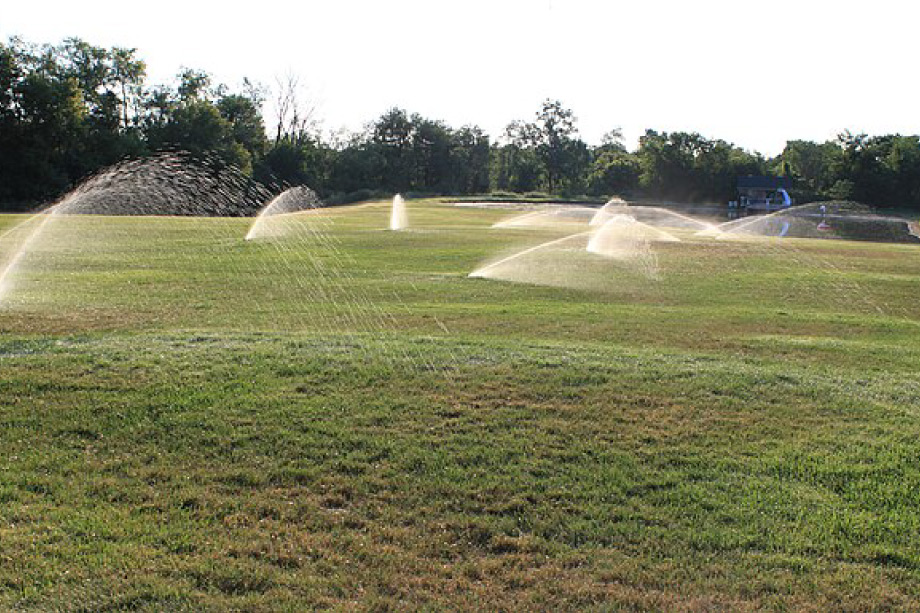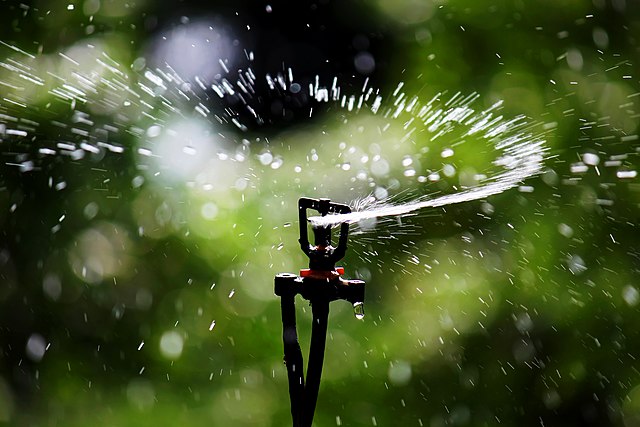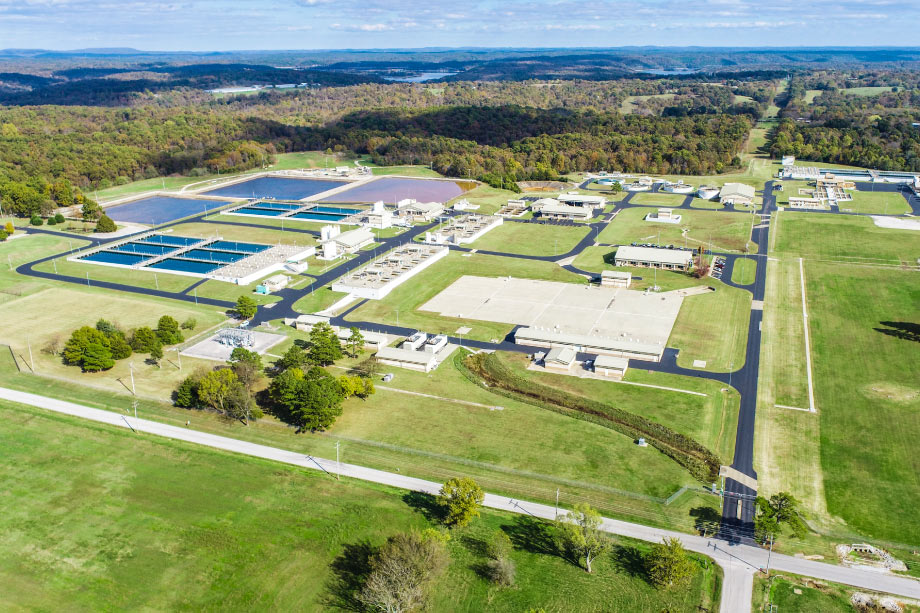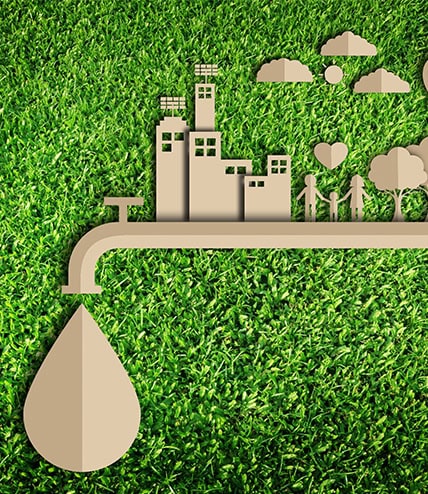
Smarter Water Use for a Growing Northwest Arkansas
“We do not inherit the earth from our ancestors; we borrow it from our children.”
— Chief Seattle
Northwest Arkansas is buzzing with growth. From the $700-million Alice L. Walton Foundation health campus to the new Walmart headquarters, the region is capturing national attention. Add to that the ripple effect throughout the region due to the success of Fortune 500 companies Walmart, Tyson Foods, and J.B. Hunt, and it’s no wonder this part of the state is one of the fastest-growing areas in the country.
But it’s not just about business. People are drawn to the unique blend of natural beauty, exciting amenities, and modern opportunity. Trails, lakes, and rivers offer daily opportunities for “unplugging” and recreation, even as cities expand around them.
According to Talk Business & Politics, as of mid-2024, the Fayetteville–Springdale–Rogers metro was the 22nd fastest-growing in the United States. At this pace, our region will likely surpass one million residents within the next two decades.
Growth brings many positives—jobs, amenities, and economic vitality—but it also comes with responsibility. Chief among these is safeguarding our natural resources, especially Beaver Lake, which supplies drinking water to one in five Arkansans. Thanks to the foresight and cooperation of past leaders, Beaver Lake was built and exists today as a vital, shared resource. Now the “baton has been passed” to us; it’s our turn to protect it—for ourselves, and for future generations.
Historically, efforts have focused on protecting water quality in the lake—and rightly so. But with rapid growth and rising demand, it’s equally important to turn our attention to water quantity.
What is the biggest area of impact? Lawn irrigation.
 In the summer months, Beaver Water District’s (BWD’s) water sales can be almost 50% higher than in winter—largely due to lawn and landscape watering. On a typical summer day, it is estimated that over 25 million gallons of water is applied to plants and grass across our service area.
In the summer months, Beaver Water District’s (BWD’s) water sales can be almost 50% higher than in winter—largely due to lawn and landscape watering. On a typical summer day, it is estimated that over 25 million gallons of water is applied to plants and grass across our service area.
To be clear, we’re not anti-irrigation. Lawns and gardens need water, especially in the Arkansas heat. However, studies—and common observation—show that many customers over-irrigate, and some systems can even be found running during or right after rainfall. Add in leaks, misdirected spray heads, and outdated systems, we’re wasting not just water—but money.
From the utilities’ side, over-irrigation drives up peak demand, requiring BWD and our partner cities to collectively build larger treatment plants, pump stations, pipes, and storage tanks. This can lead to tens or even hundreds of millions in infrastructure costs—costs that eventually show up in water rates for everyone.

So, what can we do? We can follow wise irrigation practices as follows:
💧 How to Water Wisely:
- Know your grasses’ needs and irrigate accordingly.
- Water early in the morning or overnight (if suitable for your grass) when evaporation is lower.
- Install smart irrigation controllers and rain sensors.
- Add a mainline shutoff valve to stop flow when the system is idle.
- Check for and fix leaks regularly.
- Adjust sprinkler heads to water only plants—not pavement.
- Limit watering grass to every other day or less.
 As I filled my grandson’s water cup the other day, I paused to wonder:
As I filled my grandson’s water cup the other day, I paused to wonder:
What will Northwest Arkansas — and Beaver Lake —look like when he’s my age? What am I doing to protect the lake? Can I do more?
I hope that you don’t view this as a lecture, but instead, as a call to action – for all of us. We all benefit from the lake. We all have a role in protecting it. I’m choosing to be a more active advocate—not just for my generation, but for my kids’ and grandkids’ generations as well. I hope you’ll join me.
Thank you for your care and consideration.
“Someone is sitting in the shade today because someone planted a tree a long time ago.”
— Warren Buffett
